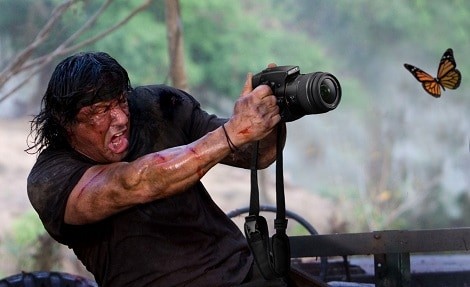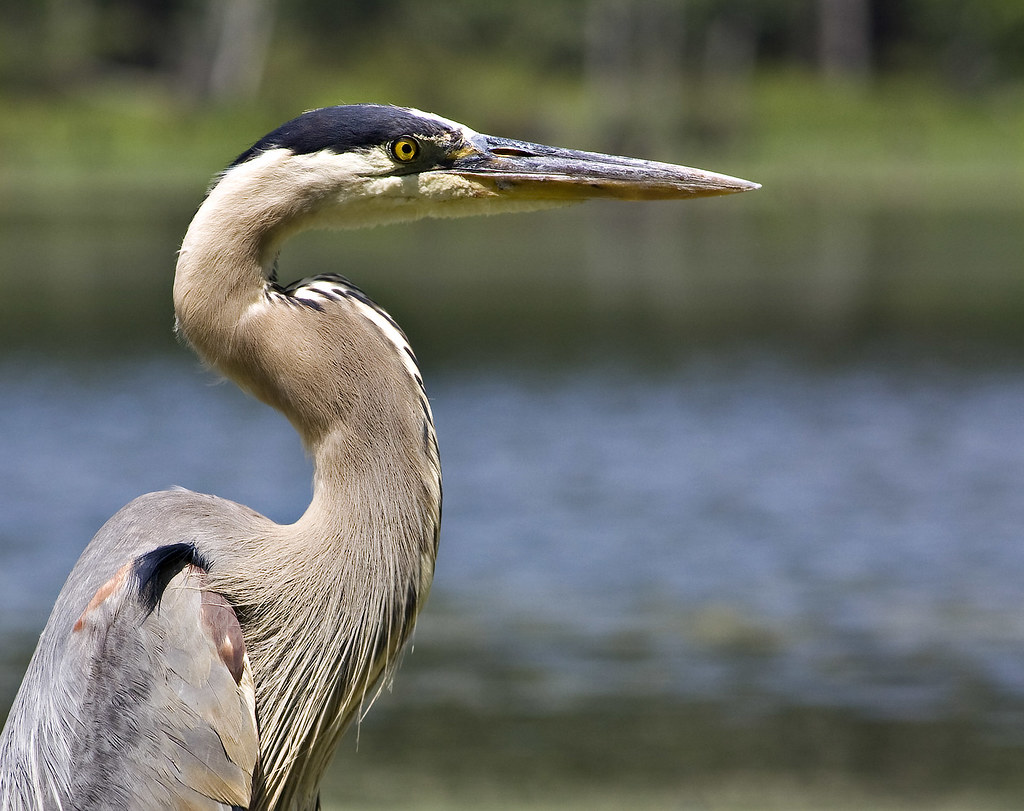waday
Do one thing every day that scares you
- Joined
- Jul 21, 2014
- Messages
- 7,485
- Reaction score
- 3,599
- Can others edit my Photos
- Photos NOT OK to edit
Did you try to shoot a butterfly?Not the hardest thing I've ever shot.

Follow along with the video below to see how to install our site as a web app on your home screen.

Note: This feature currently requires accessing the site using the built-in Safari browser.
Did you try to shoot a butterfly?Not the hardest thing I've ever shot.

Did you try to shoot a butterfly?Not the hardest thing I've ever shot.

Me thinks I have seen that photo before.Did you try to shoot a butterfly?Not the hardest thing I've ever shot.


